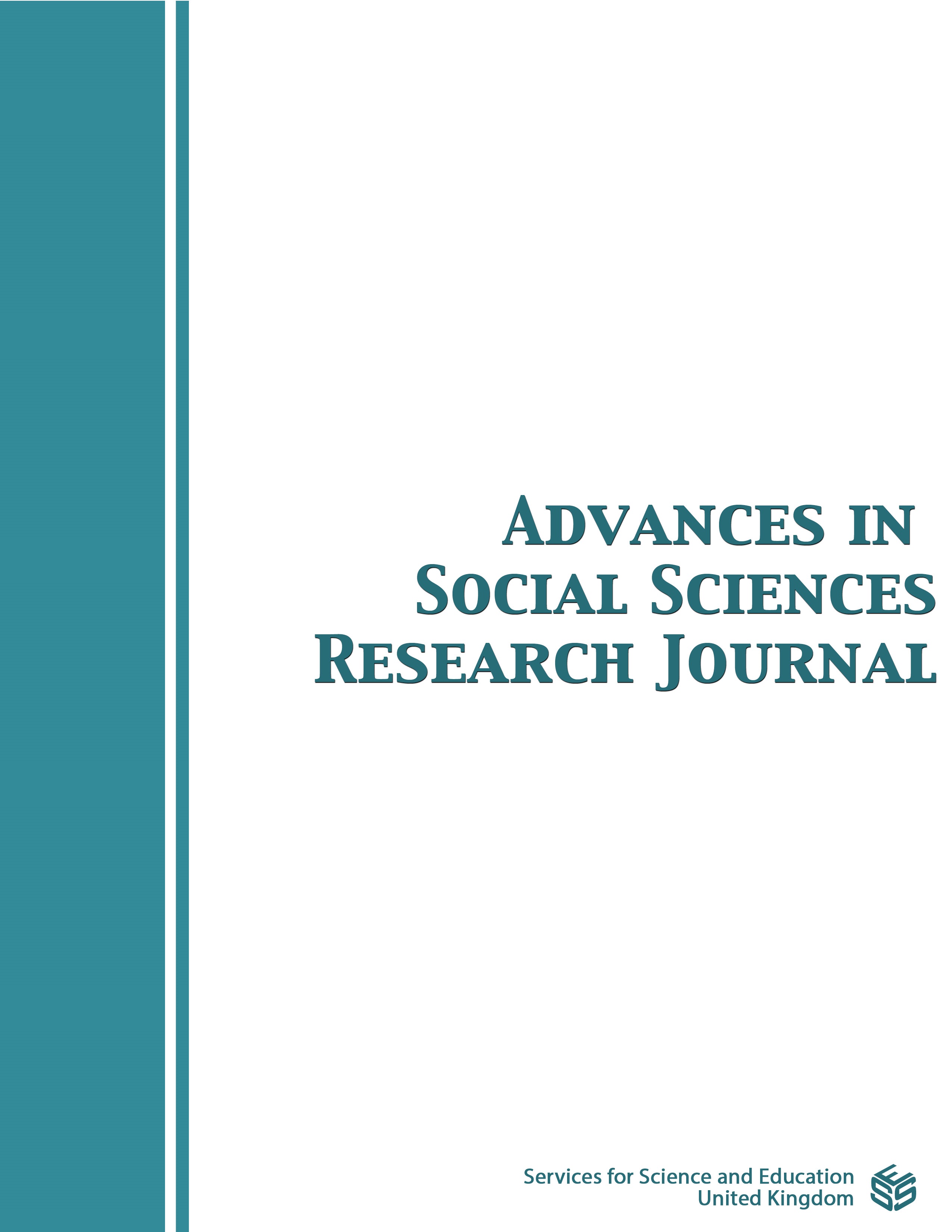An Analysis of Mediating Role of Entrepreneurial Self-Efficacy among Indian and Taiwanese University Students
DOI:
https://doi.org/10.14738/assrj.1011.15898Keywords:
entrepreneurship education, entrepreneurial intention, entrepreneurial self-efficacy, mediating effect, technological university studentsAbstract
The purpose of this study is to explore the mediating effect of entrepreneurial self-efficacy (ESE) on the relationship between entrepreneurship education (EE) and the entrepreneurial intention (EI) of students belonging to the University of India and Taiwan also access the entrepreneurial self-efficacy level of India and Taiwan university students. The participants of this study included 299 university students (undergraduate and graduate) from India and Taiwan, the data was collected by online questionnaire survey circulated by mail. In the study, the researchers performed One-Way ANOVA, Correlation analysis, and Linear Regression analysis to check the hypothesis and at the end mediation analysis through “The process Macro” in SPSS software. The findings showed that: (1) there is no discernible difference between Indian and Taiwanese students' entrepreneurial intention (EI) features, and (2) Taiwanese students had greater levels of entrepreneurial self-efficacy than Indian university students. (3) Entrepreneurship education significantly impact the entrepreneurial intention and self-efficacy of the Indian and Taiwanese university. (4) The association between entrepreneurship education and entrepreneurial self-efficacy is significantly favorable, however, the relationship between entrepreneurship education and entrepreneurial intention is partially impacted by the mediating effect of entrepreneurial self-efficacy.
Downloads
Published
How to Cite
Issue
Section
License
Copyright (c) 2023 Jen-Chia Chang, Ehsan Khan

This work is licensed under a Creative Commons Attribution 4.0 International License.
Authors wishing to include figures, tables, or text passages that have already been published elsewhere are required to obtain permission from the copyright owner(s) for both the print and online format and to include evidence that such permission has been granted when submitting their papers. Any material received without such evidence will be assumed to originate from the authors.






